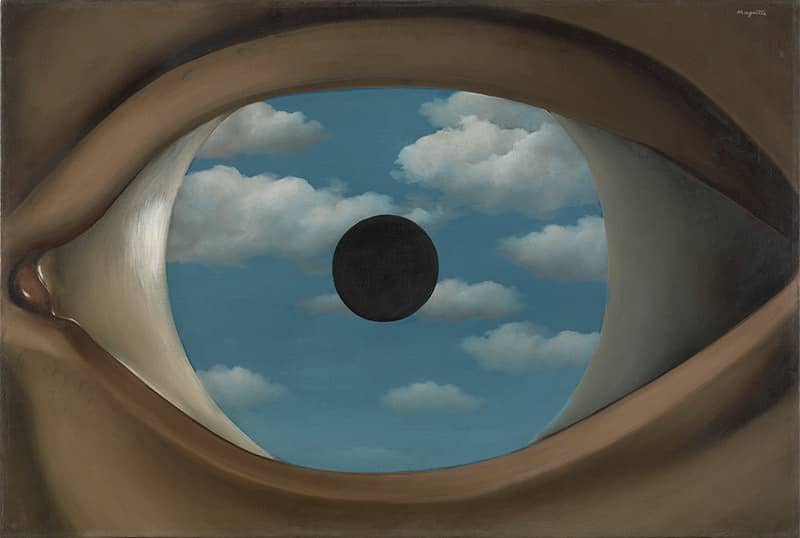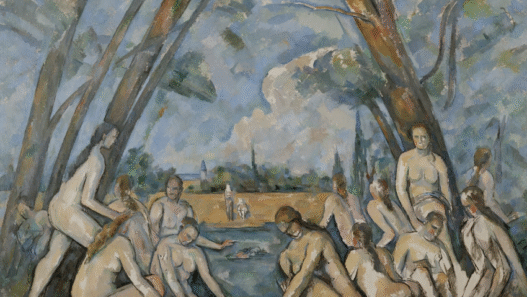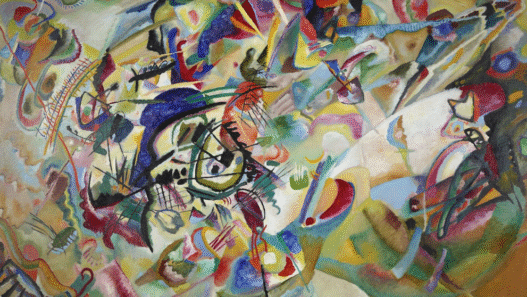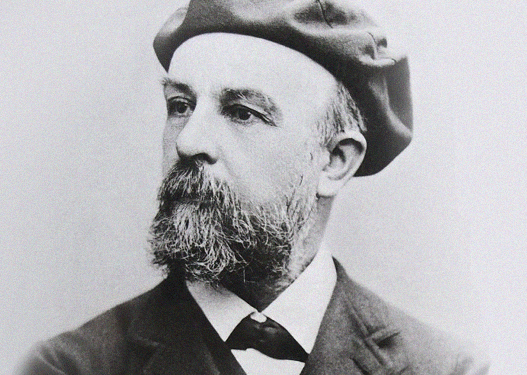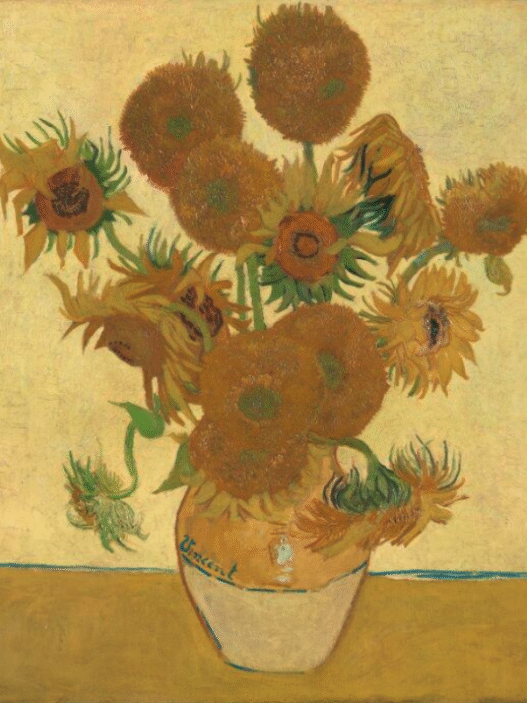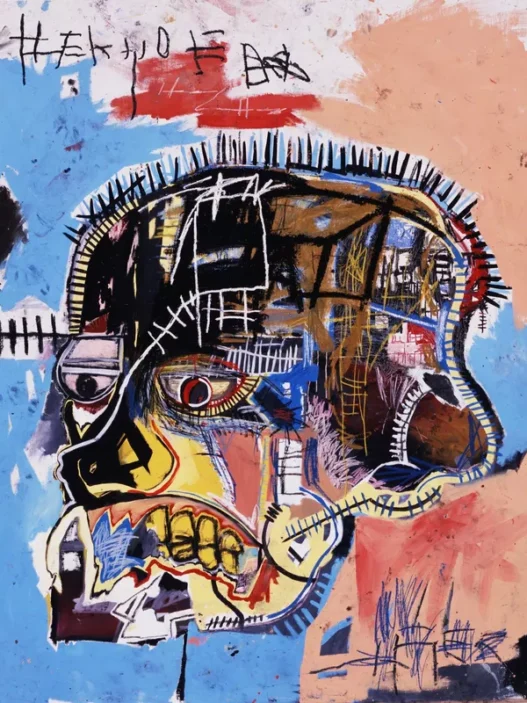Introduction
Arnold Böcklin (1827–1901) stands as one of Switzerland’s most celebrated painters, whose evocative and often surreal works have earned him a significant place in art history.
Best known for his masterpiece Isle of the Dead, Böcklin’s unique style combined mythology, nature, and existential themes, influencing generations of artists and marking him as a pioneer of Symbolism.
As many painters of this genre, Böcklin was fascinating by life and death. Let’s take a look at his early where symbolism was first found in his artwork.
Early Life and Inspirations
Böcklin’s early career was marked by romantic and realistic landscapes.
However, as his vision matured, he began blending realism with fantastical and mythological elements. As a result, you’ll find wonderful paintings such as Centaurs and The Sacred Grove.
His time in Italy was transformative; the ruins of ancient Rome and the Mediterranean landscapes inspired a recurring theme of blending nature with allegory.
During his Italian sojourn, Arnold Böcklin frequently spent summers in the picturesque Alban Hill. Alongside fellow artists, he resided in the charming village of Olevano, immersing himself in the serene landscapes that would profoundly influence his work.
In 1851, Böcklin completed Landscape from the Alban Hills, a testament to his early Italian inspirations. This painting is now housed in the Staatliche Kunsthalle in Karlsruhe.
The Italian countryside, has long been a muse for artists seeking inspiration.
Böcklin’s contemporary, the American painter George Inness, also found inspiration in Italy’s landscapes. Inness’s time in Italy deeply influenced his approach to capturing light and atmosphere, evident in works like Roman Campagna.
Similarly, James McNeill Whistler, though primarily associated with the Aesthetic Movement, spent formative periods in Italy, where he refined his artistic vision.
In my view, Böcklin’s Landscape from the Alban Hills encapsulates the tranquil beauty of the Italian countryside, reflecting the profound impact Italy had on his artistic development. The painting’s harmonious composition and delicate interplay of light and shadow reveal Böcklin’s deep appreciation for nature and his ability to convey its serene majesty.

Arnold Böcklin’s Symbolism and Italy
Italy has long drawn artists with more than just its landscapes. Its cultural heritage and artistic legacy have inspired countless creative minds. In the 19th century, the Macchiaioli movement emerged in Italy. These artists rejected academic traditions and focused on natural light and everyday subjects, much like the Impressionists. Their plein air technique and use of macchia (spot or blot) to capture light and color were revolutionary. However, they remain less known internationally than their French peers.
This tradition of drawing inspiration from Italy continues today. The country’s landscapes and cultural richness still appeal to artists around the world. Arnold Böcklin’s time in the Alban Hills reflects this ongoing influence. His work shows how Italy’s natural beauty continues to spark the imagination.
Paintings like Villa by the Sea mark Böcklin’s shift toward moody, atmospheric scenes. These pieces often carry an unsettling, dreamlike quality.

Becoming a Pioneer of Symbolism
In the latter half of the 19th century, Böcklin emerged as a defining figure in Symbolism, an art movement that sought to convey ideas and emotions through symbolic imagery rather than straightforward representation.
His Isle of the Dead (1880) epitomises this approach, with its haunting depiction of an isolated island surrounded by a dark, mysterious sea. The painting resonated deeply with the public and artists alike, sparking fascination and numerous interpretations about mortality and the afterlife. Through works like these, Böcklin laid the groundwork for Symbolist art and literature.
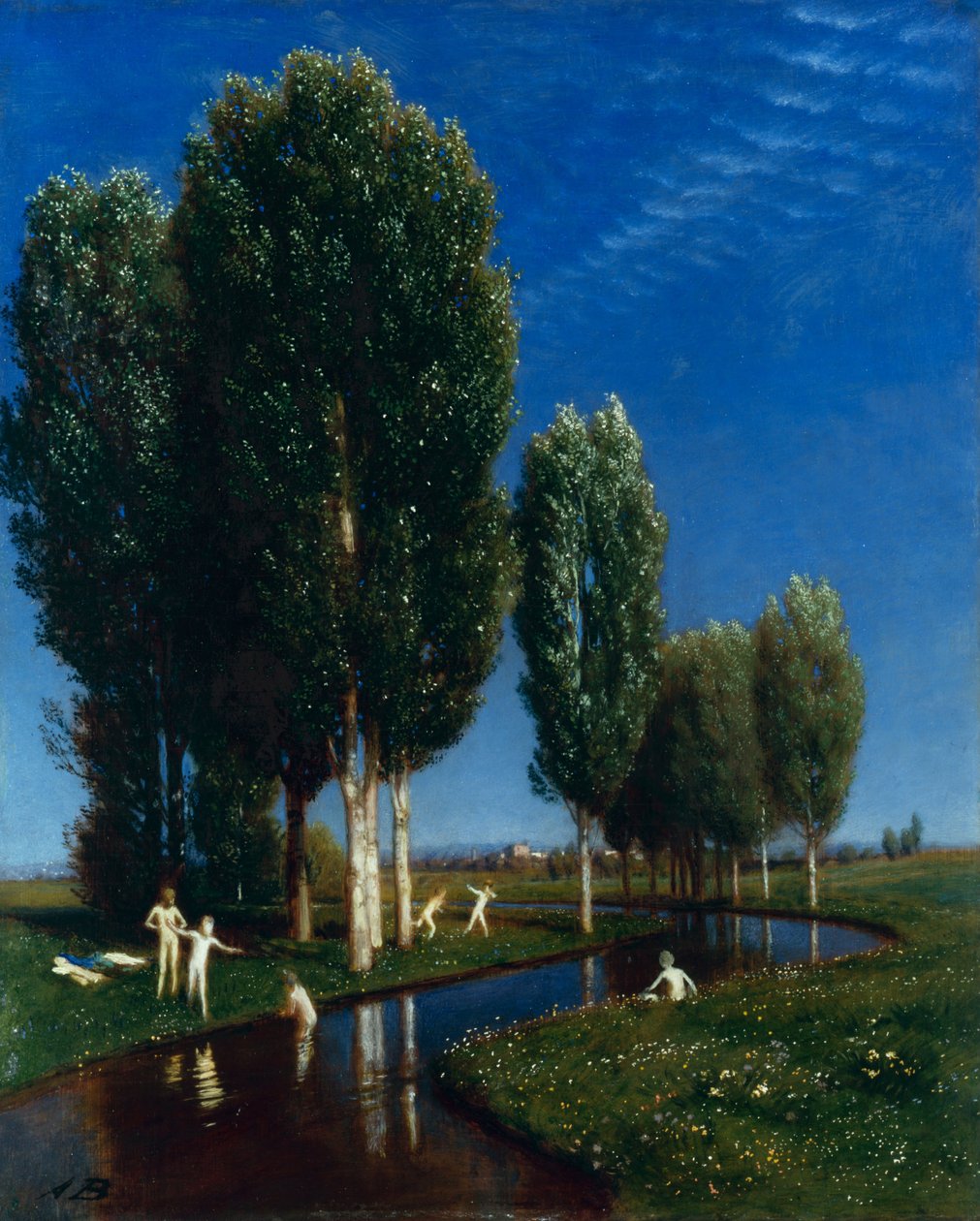
Themes and Symbolism
Arnold Böcklin’s works often revolved around death, mythology, and nature. Centaurs, naiads, and mermaids populated his canvases, representing the intersection between the human psyche and the mythological past.
Death was a recurring motif, not as a macabre end but as a mysterious, almost romantic force. His use of vivid yet muted colours, combined with stark contrasts and meticulous attention to detail, heightened the sense of otherworldliness in his paintings.
The natural world was more than a backdrop; it was an active participant in his narratives. From stormy seas to serene groves, nature’s dual capacity for beauty and terror was a central theme in his work.
Legacy and Recognition
Though Böcklin was not universally acclaimed during his lifetime, his work gained significant recognition in the early 20th century. Artists such as Salvador Dalí and Giorgio de Chirico drew inspiration from his dreamlike imagery and emotive themes. His influence extended beyond painting to music and literature, with composers like Sergei Rachmaninoff creating works inspired by his paintings. Today, Böcklin is celebrated as a forerunner of modernist art and a master of evoking the uncanny through visual storytelling.
Symbolism Over Literalism
Böcklin’s paintings prioritise symbolic and emotional depth over realistic representation.
Nature as a Narrative Force
Nature in Böcklin’s art is more than a setting. it plays an active role in the storytelling. From turbulent seas to tranquil groves, he uses landscapes to evoke mood.
Exploration of Mortality
Themes of death and the afterlife are central to Böcklin’s work, not as grim or fearful as Edvard munch’s concepts but as profound, contemplative mysteries.
Mythological Figures
Böcklin’s use of centaurs, naiads, and mermaids, breathes new life into ancient tales, presenting them through the lens of modern existential and emotional struggles.
Pioneering Symbolism
His creations not only inspired artists but also composers and writers. By merging realism with the surreal and otherworldly, Böcklin laid the groundwork for surrealism, modernism, and other art movements that value the subjective experience.
